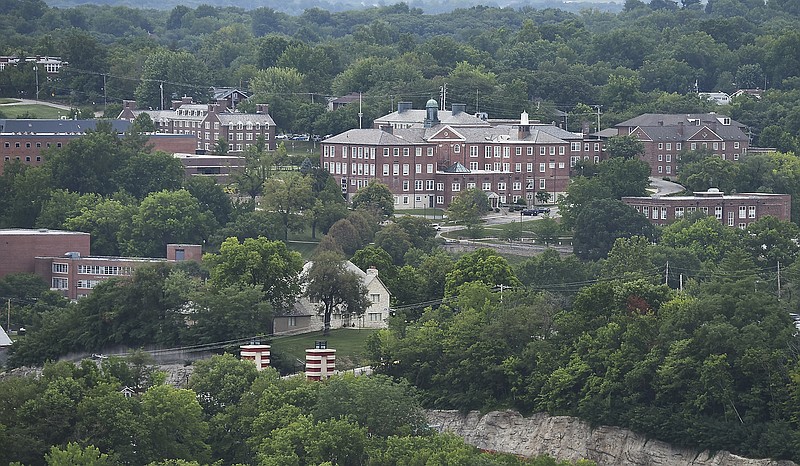Lincoln University is creating a plan to "enhance classroom opportunities through technology" by increasing technology on campus and providing more training on current campus technology.
The plan is still in the developmental stages. LU Instructional Designer Nicholas Jackson, who is creating the plan, said he hopes to implement it by the fall semester.
Lincoln will complete a full technological inventory to assess its technological needs and the cost of any new technology, and it will create a detailed course readiness checklist for technology use to ensure each course has the technology that fits its needs, Jackson said.
Although the university has some technology, it is not consistent throughout the departments and is not completely up to par, Jackson said. For example, each faculty member has access to a computer, but some don't have webcams or audio capability.
Some of Jackson's goals are to create technology training programs for faculty and students and increase recruitment and retention through technology by using algorithms, such as those used for social media advertising.
Another goal is to create an immersive learning environment at LU. Jackson said he is looking into getting more technology that would allow students who are at home to participate in live classes through video cameras and other technology.
"Since most of our classrooms currently do have Smart Board technology, we would be able to mirror what those teachers are putting on the board into the computer that the student would be streaming the class from," Jackson said.
Students would be able to submit questions through a chat feature, and a person would be live to ask the question for the student. The teacher would then be able to interact with students who are at home and those who are in the classroom.
The immersive learning program could also include virtual reality, which is a way for students to visit places they may not financially be able to visit in person, such as a different country or a museum.
"Through the use of virtual reality, if you're in a French class, you can actually go see France from your classroom and go on a walking tour," Jackson said.
Students could also virtually visit historical places that may be difficult to visualize while reading about them.
"With virtual technology increasing, and 3D modeling, a lot of those places have been recreated digitally, and you can actually take a student back to those times," Jackson said.

